Over wintering Plumerias
gardenbear1
11 years ago
Related Stories

GARDENING GUIDESGarden Myths to Debunk as You Dig This Fall and Rest Over Winter
Termites hate wood mulch, don’t amend soil for trees, avoid gravel in planters — and more nuggets of garden wisdom
Full Story
HOUSEPLANTSIndoor Winter Gardens for Cheerier Days
Bring plants inside for drab-days mood boosting — not to mention cleaner indoor air and protection for your greenery
Full Story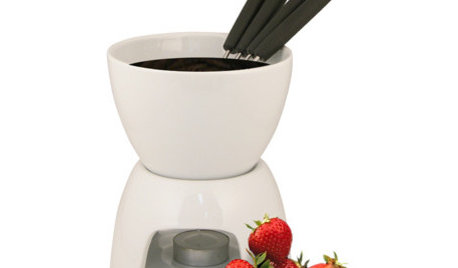
Guest Picks: Winter (Yes, Winter) Warmers
For folks in the Southern Hemisphere, July is right in the heart of winter. Warm up with 20 ways to make your home as cozy as can be
Full Story
LIFESimple Pleasures: A Long Winter’s Nap
This time of year we can always use a little extra rest. Make it easy with these ideas for daytime napping
Full Story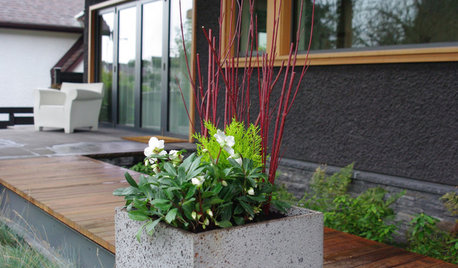
WINTER GARDENING7 Container Plantings to Bring Winter Gardens to Life
Adding instant color but with long-lasting practicality, these plant groupings are bright spots in a slumbering wintertime garden
Full Story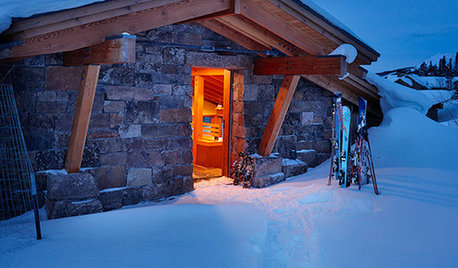
VACATION HOMESEssential Elements of an Ideal Winter Cabin
If you dream of a winter getaway with lots of skiing, skating and hot-drink sipping, these tips will make your cabin as cozy as can be
Full Story
GARDENING GUIDESGreat Design Plant: Kumquats for a Juiced-Up Winter
Grow it for the edible fruit or its good looks alone. This citrus cousin will brighten any gray winter day
Full Story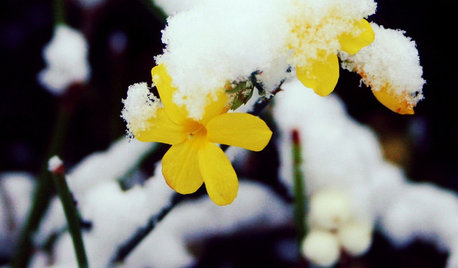
YELLOW FLOWERSGreat Design Plant: Winter Jasmine Gladdens Snowy Gardens
Sunny yellow flowers defy the frost, bringing cheer to the garden on gray days
Full Story
Warm Up Your Home for Winter
Look forward to the indoor season, equipped with a cozy environment at home
Full StorySponsored
Most Skilled Home Improvement Specialists in Franklin County
More Discussions







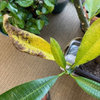
Dave in NoVA • N. Virginia • zone 7A
beachplant
Related Professionals
Arnold Landscape Architects & Landscape Designers · Chattanooga Landscape Architects & Landscape Designers · Canyon Lake Landscape Contractors · Galt Landscape Contractors · Golden Landscape Contractors · Salem Landscape Contractors · Stony Brook Landscape Contractors · University City Landscape Contractors · Reisterstown Landscape Contractors · Palos Heights Landscape Contractors · Framingham Siding & Exteriors · Independence Siding & Exteriors · Rockford Siding & Exteriors · Tooele Siding & Exteriors · West Bloomfield Township Siding & Exteriorscitizen_insane
gardenbear1Original Author
mphseason
honeybunny2 Fox
beachplant
honeybunny2 Fox
citizen_insane
the_first_kms2
Dave in NoVA • N. Virginia • zone 7A
honeybunny2 Fox
citizen_insane
Dave in NoVA • N. Virginia • zone 7A
Dave in NoVA • N. Virginia • zone 7A
citizen_insane
Dave in NoVA • N. Virginia • zone 7A
beachplant
jandey1
citizen_insane